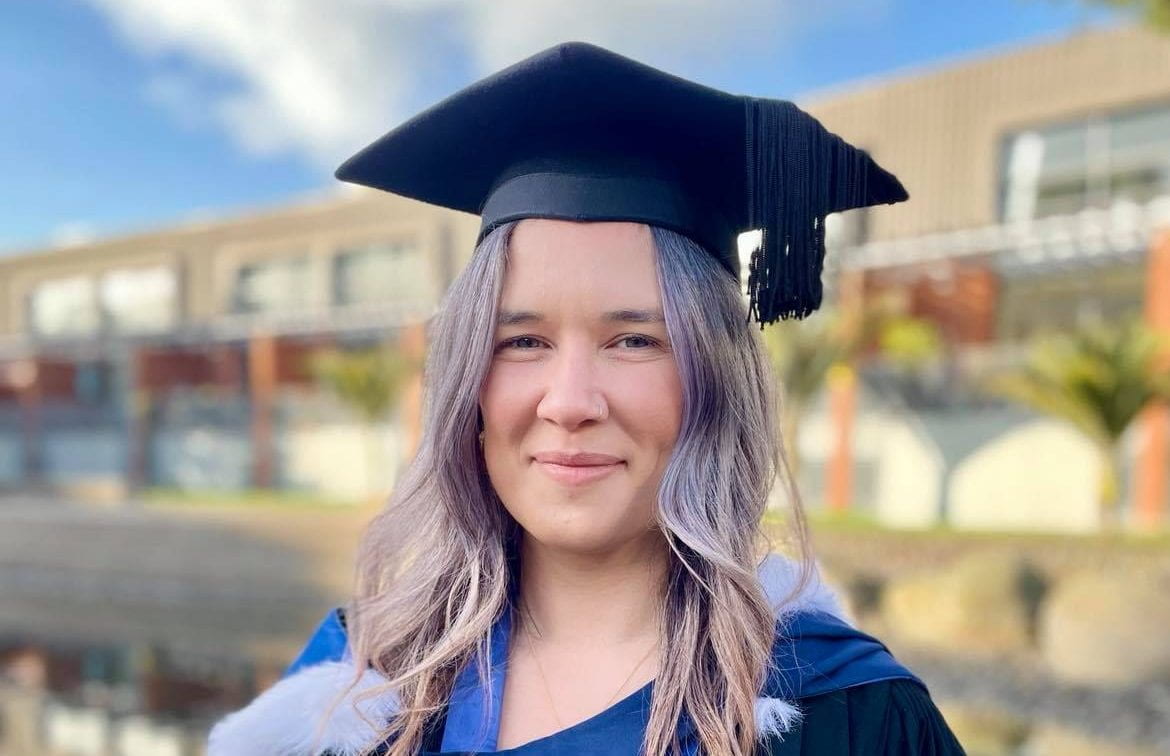One of the pleasures of working in the Office of the Prime Minister’s Chief Science Advisor is getting involved with the interns on their projects. The projects provide opportunities for the interns to apply their knowledge in a policy area, build their skills and relationships for their future career, and, maybe, decide if the policy world works for them. They also give the Office a chance to look at things a little differently and pick up on areas that fall outside our core advice-giving role, but are still important and add value to the way we work.
Brittany’s project was funded by the Centre for Research Excellence into Complex Systems, Te Pūnaha Matatini, as a part of their Kindness in Science project. The overall project is around developing a “culture of inclusion that sustains the robust discourse essential for science but does not come at the expense of the dignity of those who participate.
As with any internship, there was a period of teeing up the project, looking at what resources we had to offer, what the funding organisation was looking for by way of outputs, and what we thought we could do in the time available. We chose to look at the changes in policy around the New Zealand science system over time and see if we could identify a trend towards, or away from, increasing inclusivity.

Brittany Bennenbroek
This is important because of the current MBIE programme, Te Ara Paerangi – Future Pathways looking at the future of the system. The White Paper released in December 2022 identifies the key strategic shifts required, including:
- “The reforms will establish and grow connections between research, industry and other end-users to help take research through to impact.
- An increased focus on investment in, and delivering impact for, Māori and Pacific people through the RSI system will help grow the pipeline for building innovative Māori and Pacific economies, improving the wealth and resilience of Māori and Pacific communities.”
We hoped that our work looking at the direction of changes leading into this current process of change would show how Te Ara Paerangi fitted into the established trajectory of past changes.
I suggested that Brittany should look at changes to the system starting from when the government employed its first scientists, sheep inspectors in 1840 to keep scrapie out (an enduring success story that often gets overlooked). However, she very sensibly opted to start from the last major transformation of the system, the change of the directly government department funded DSIR and MAF Tech into the competitively funded CRIs. This broadly set up the system as we see it now but set off a series of follow-on changes as we saw the universities join the new system, funding set aside for ‘blue skies’ research with the Marsden Fund, and so on, so there was plenty to look at. And it did suit me because I came back to New Zealand to work in the DSIR as the changes kicked off in 1991.
The Time-Line of policy changes to the science system can be found here (Format is best configured for a computer)
The full report on the project can be found here
And Brittany’s reflection on the internship is here
Having lived through the changes, and been involved in some of them, I could be the wrong person to have an opinion on the trajectory towards kindness. I think the changes show an increasingly outward looking system, an awareness of the different roles for science in society, and the need to include and engage with a wider range of people to fill those roles, which might equate to inclusivity. There is definitely still work to do.
Most valuably the Timeline shows us how the system got to be the way it is. A whole series of incremental decisions has led to the system’s current shape, and looking at the reasons for them might inform how we make the next set of decisions to preserve what will take us forward, and change what is needed, to build a system that treats everyone with ‘dignity.’
George
